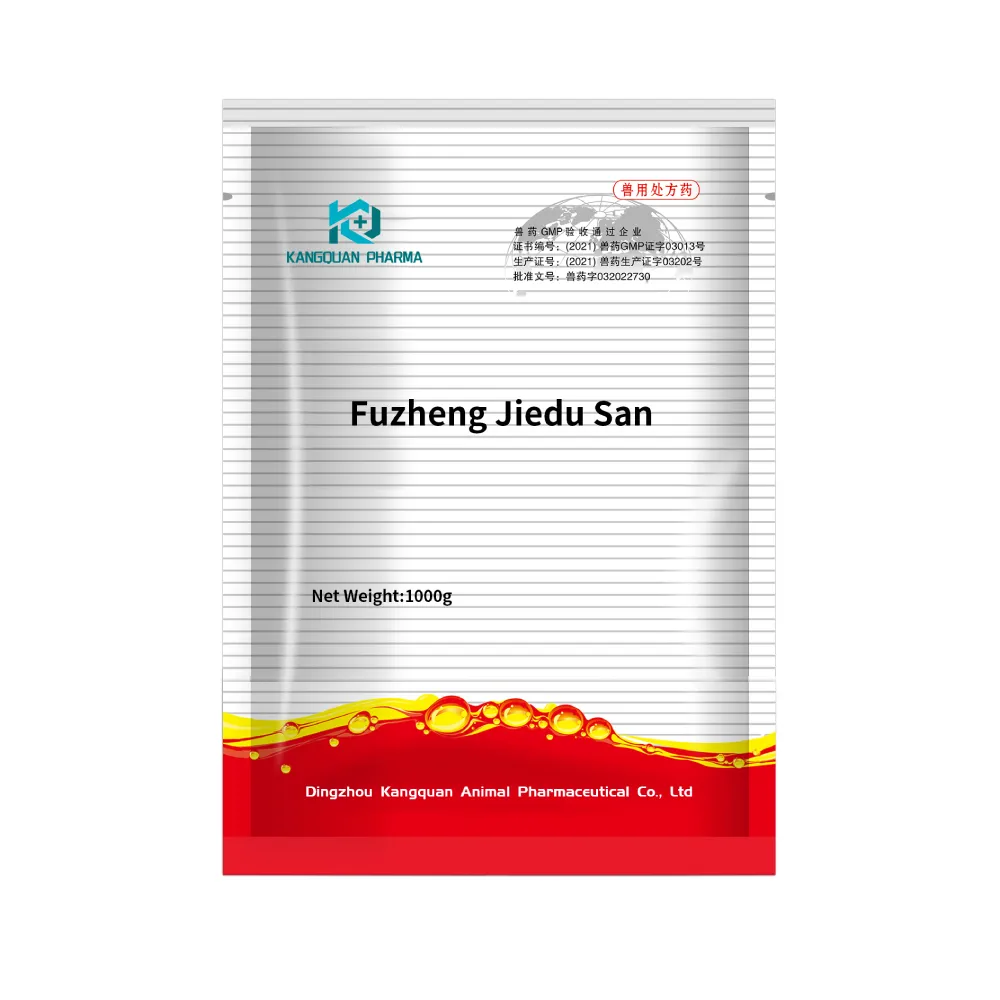- Afrikaans
- Albanian
- Amharic
- Arabic
- Armenian
- Azerbaijani
- Basque
- Belarusian
- Bengali
- Bosnian
- Bulgarian
- Catalan
- Cebuano
- Corsican
- Croatian
- Czech
- Danish
- Dutch
- English
- Esperanto
- Estonian
- Finnish
- French
- Frisian
- Galician
- Georgian
- German
- Greek
- Gujarati
- Haitian Creole
- hausa
- hawaiian
- Hebrew
- Hindi
- Miao
- Hungarian
- Icelandic
- igbo
- Indonesian
- irish
- Italian
- Japanese
- Javanese
- Kannada
- kazakh
- Khmer
- Rwandese
- Korean
- Kurdish
- Kyrgyz
- Lao
- Latin
- Latvian
- Lithuanian
- Luxembourgish
- Macedonian
- Malgashi
- Malay
- Malayalam
- Maltese
- Maori
- Marathi
- Mongolian
- Myanmar
- Nepali
- Norwegian
- Norwegian
- Occitan
- Pashto
- Persian
- Polish
- Portuguese
- Punjabi
- Romanian
- Russian
- Samoan
- Scottish Gaelic
- Serbian
- Sesotho
- Shona
- Sindhi
- Sinhala
- Slovak
- Slovenian
- Somali
- Spanish
- Sundanese
- Swahili
- Swedish
- Tagalog
- Tajik
- Tamil
- Tatar
- Telugu
- Thai
- Turkish
- Turkmen
- Ukrainian
- Urdu
- Uighur
- Uzbek
- Vietnamese
- Welsh
- Bantu
- Yiddish
- Yoruba
- Zulu
10 月 . 08, 2024 21:20 Back to list
Ivermectin Injection Dosage Recommendations for Sheep Livestock Health Management
Ivermectin Injectable Dose for Sheep A Comprehensive Guide
Ivermectin is a widely used anthelmintic and ectoparasiticide in livestock, particularly in sheep. This medication is crucial for controlling a variety of parasitic infections, including those caused by nematodes, arthropods, and certain ectoparasites, such as lice and mites. Understanding the proper dosage and administration of ivermectin injectable formulations is essential for ensuring the health and productivity of sheep.
Understanding Ivermectin
Ivermectin belongs to a class of drugs known as macrocyclic lactones, which are derived from the fermentation of Streptomyces avermitilis. It works by binding to specific channels in the parasites' nervous system and muscle cells, leading to paralysis and death of the parasites. This mechanism makes it highly effective against a wide range of internal and external parasites.
Dosage Guidelines for Sheep
The recommended injectable dose of ivermectin for sheep is typically 0.2 mg per kilogram of body weight (mg/kg). This dosage can vary, depending on the specific formulation of ivermectin being used. It's essential to read the manufacturer's instructions on the label for precise dosing information, as different products may have different concentrations.
For example, if you have a sheep that weighs 50 kg, the calculation for the dose would be as follows
- Weight of the sheep 50 kg - Dosage rate 0.2 mg/kg
Total dose = Weight of the sheep x Dosage rate Total dose = 50 kg x 0.2 mg/kg = 10 mg of ivermectin
Administration
ivermectin injectable dose for sheep

Ivermectin is commonly administered via subcutaneous injection, which is administered either in the neck or behind the shoulder. It is crucial to use a sterile syringe and needle to prevent infections. The following steps can ensure proper administration
1. Preparation Gather all necessary materials, including the injectable ivermectin, a sterile syringe, and a needle. Ensure your hands are clean.
2. Restraint of the animal Ensure the sheep is securely restrained to minimize movement during the injection.
3. Site selection Choose an appropriate injection site on the neck or behind the shoulder. Clean the area with an alcohol swab to minimize the risk of infection.
4. Injection Insert the needle at a 45-degree angle and administer the medication slowly.
5. Post-administration care Observe the sheep for any adverse reactions or health issues following the injection.
Considerations
Before administering ivermectin, consider the sheep's age, weight, overall health, and the presence of any concurrent health issues. Pregnant or lactating ewes should also be assessed carefully, as certain medications can affect them or their offspring. Always consult a veterinarian if you have any doubts regarding dosage or administration, especially if the sheep are part of a breeding program.
Conclusion
Ivermectin is an invaluable tool in sheep management, primarily for controlling parasites that adversely affect health and productivity. Correctly administering the injectable dose ensures effective treatment and contributes to the overall well-being of the flock. By adhering to dosage guidelines and administration practices, sheep farmers can protect their animals from harmful parasites and promote a healthier herd.
-
The Power of Radix Isatidis Extract for Your Health and Wellness
NewsOct.29,2024
-
Neomycin Sulfate Soluble Powder: A Versatile Solution for Pet Health
NewsOct.29,2024
-
Lincomycin Hydrochloride Soluble Powder – The Essential Solution
NewsOct.29,2024
-
Garamycin Gentamicin Sulfate for Effective Infection Control
NewsOct.29,2024
-
Doxycycline Hyclate Soluble Powder: Your Antibiotic Needs
NewsOct.29,2024
-
Tilmicosin Premix: The Ultimate Solution for Poultry Health
NewsOct.29,2024













